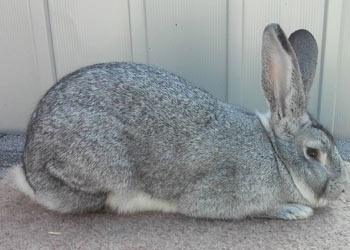- Thread starter
- #21
HaloRabbits
Loving the herd life
- Joined
- Mar 4, 2017
- Messages
- 140
- Reaction score
- 110
- Points
- 113
@MultipleAnimals They are New Zealands.
Bucks background- all reds with one GG Dam being a REW and one GG Dam being a Steel black.
Does background- all blacks and blues with one GG Dam being red and one GG Sire being REW.
Bucks background- all reds with one GG Dam being a REW and one GG Dam being a Steel black.
Does background- all blacks and blues with one GG Dam being red and one GG Sire being REW.



